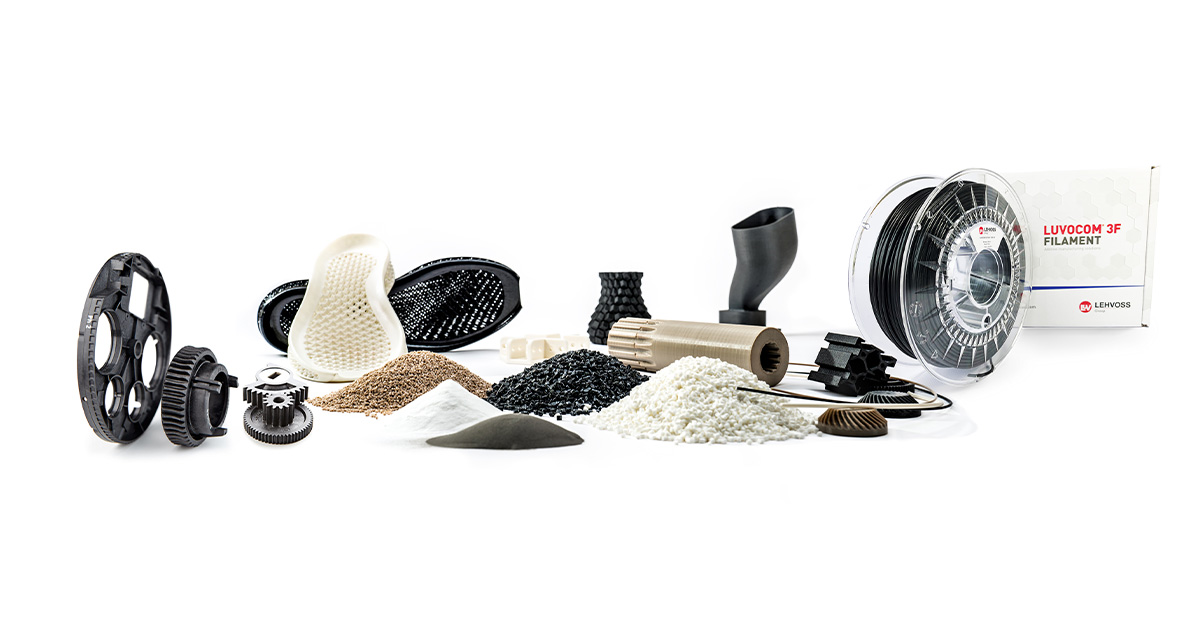
23. May 2022
High-performance compounds in automotive engineering. 8 important aspects for innovative designers.
The topic of high-performance compounds consists of far more than PEEK and Co. Every designer who is looking for new ways to replace metal, for example - whether for reasons of weight or corrosion - must be aware that, as an innovative pioneer, he is embarking on "winding paths full of stumbling blocks". This article is intended to show what needs to be taken into account to ensure that development projects with high-performance compounds are successful.
Read more
6. May 2022
High-strength thermoplastics for bicycle components: How compounders/application developers are helping to further increase the scope for innovation for designers.
Cycle chic, e-bike boom, bike culture, low-tech, high-tech, bike highways - the bike is in the midst of its reinvention; in the midst of a transformation from a mere means of transportation and sports equipment to an expression of a serene, sustainable, individual attitude to life. More and more people around the world are attaching the same emotional significance to the bicycle as they once did to the car. This makes the bicycle one of the main players in the mobility megatrend. In the midst of this megatrend are also the people who create one of the technological foundations for bicycle designers and their innovative design ideas for bicycle components of all kinds: the plastics compounders or application developers who ensure the composition and thus the performance of the required materials.
Read more
14. February 2022
Lightweight construction with plastics: Concrete application examples for high-performance compounds.
Lightweight design with plastics is the art of reconciling a wide range of requirements. Demands on the material, the design, the functional integration, the total cost of ownership, the component performance ... the list is long. In order to achieve an effective cost-performance ratio, it is advisable for the material itself to be highly modifiable - in such a way that it gives the designer free rein to think in any direction (for example, to decouple the typical dependence of the property on the processing orientation). Or, to put it another way, if the compounder masters the anisotropies of the material to a degree that enables the designer to come up with a perfectly adapted design for the function of his component. These four examples from the aerospace, mechanical engineering and sporting goods sectors clearly show the directions in which this can go:
Read more
Topics
- 3D printing (6)
- 3D printing filament (4)
- Additive manufacturing (3)
- Application development (2)
- Application technology (2)
- Bicycle components (1)
- Carbon fiber (3)
- Carbon fiber compounds (3)
- Carbon footprint (4)
- CFRP processing (1)
- Chemical resistance (1)
- Coefficient of friction (2)
- Compounds (7)
- Conductivity (1)
- Contract manufacturing (1)
- Cost reduction (3)
- Customized compounds (1)
- Design suitable for plastics (2)
- Development process (1)
- Energy saving (1)
- Extrusion (4)
- Extrusion printing (2)
- Fluoropolymers (1)
- Friction (2)
- Functional prototypes (1)
- High temperature resistance (1)
- High-performance compounds (7)
- High-temperature plastics (2)
- Individual (1)
- Injection moulding (2)
- Innovation (2)
- Laser sintering powder (2)
- LCF (1)
- LFT (2)
- LGF (1)
- Lightweight construction (3)
- Long fiber compounds (1)
- Long fiber theromplastics (4)
- Material development (5)
- Medical technology (1)
- Metal replacement (6)
- Metal substitute (1)
- Mold design (1)
- Orthopedic technology (1)
- Orthoses (1)
- PAEK (1)
- PEEK (2)
- Plain bearings (1)
- Plastics (8)
- Powder bed fusion (1)
- Process design (1)
- Recycling (2)
- Reproducibility (1)
- Serial production (1)
- Sliding pairing (1)
- Sterilizability (1)
- Stiffness (1)
- Strength (3)
- Sustainability (4)
- Technical plastics (2)
- Toll compounding (1)
- Tooling (1)
- Tribological plastics (3)
- Tribology (4)
- Wear (2)
- Weight saving (2)